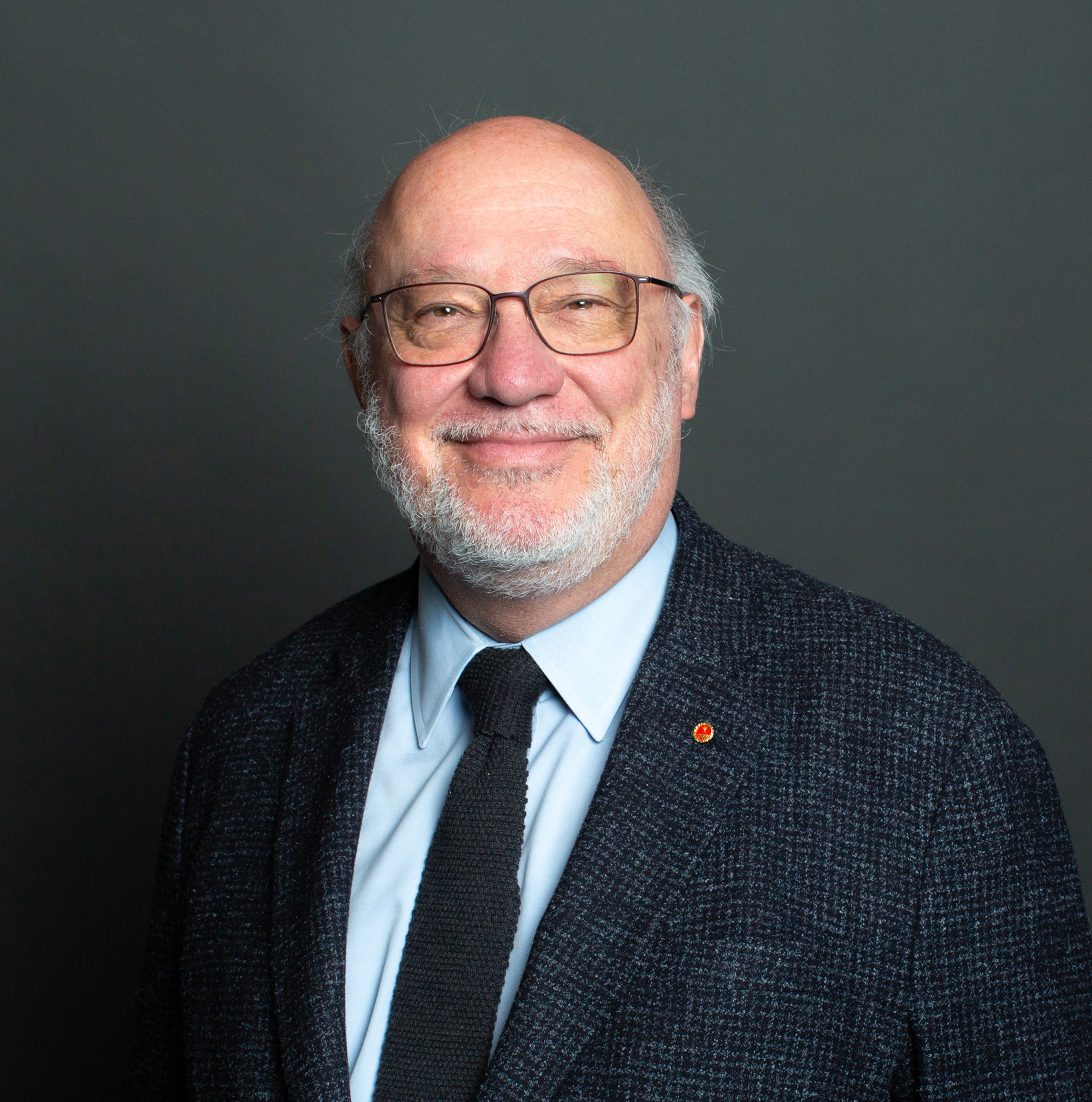
Molecular nature and regulation of the mitochondrial permeability transition pore
Paolo Bernardi*
Department of Biomedical Sciences and CNR Neuroscience Institute, University of Padova, Italy
The molecular nature of the mitochondrial permeability transition (PT) is a long-standing mystery of mitochondrial biology. Occurrence of the PT strictly requires matrix Ca2+ accumulation and is favored by matrix cyclophilin D, which mediates the inhibitory effects of cyclosporin A. Several hypotheses about the molecular nature of the PT have been put forward over the years. Today the prevailing view is that permeabilization of the inner membrane follows opening of a high-conductance channel, the PT pore, which is also called mitochondrial megachannel or multiconductance channel. I will provide an overview of the field with specific emphasis on the potential role of F-ATP synthase in channel formation.
28/05/2021 Paolo Bernardi, Department of Biomedical Sciences and CNR Neuroscience Institute, University of Padova, Italy